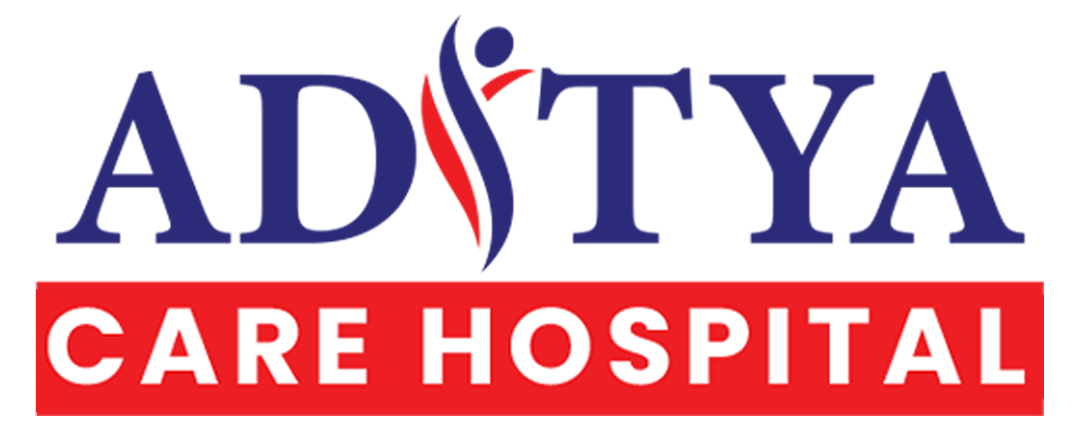Introduction
Cancer is a leading cause of death worldwide, but early detection through radiology significantly improves survival rates. Advanced imaging techniques such as MRI, CT scans, PET scans, mammography, and ultrasound help in diagnosing cancer at an early stage when it is most treatable. Radiology plays a crucial role in identifying tumors, assessing their size, and monitoring treatment responses.
The Role of Radiology in Cancer Detection
Radiology is a branch of medical science that uses imaging techniques to visualize internal body structures. In cancer detection, radiology is essential for:
- Early Diagnosis – Detecting abnormal growths before symptoms appear.
- Tumor Staging – Determining the size, location, and spread of cancer.
- Treatment Planning – Helping doctors decide the best course of therapy.
- Monitoring Progress – Tracking how well cancer treatments are working.
Key Imaging Techniques for Cancer Detection
1. X-Ray Imaging: The First Step in Screening
X-rays are often the first imaging test used when cancer is suspected. They help detect lung cancer, bone cancer, and breast cancer (via mammograms). While X-rays provide a quick overview, further imaging is usually needed for confirmation.
2. Mammography: Early Breast Cancer Detection
Mammograms use low-dose X-rays to detect breast cancer in its early stages. Regular mammograms significantly reduce mortality by identifying tumors before they spread. Digital mammography and 3D mammography provide more detailed images, improving accuracy.
3. Ultrasound: Detecting Soft Tissue Tumors
Ultrasound imaging is a radiation-free technique used to evaluate breast lumps, ovarian tumors, and thyroid nodules. It is also used to guide biopsies, ensuring precise sampling of abnormal tissues.
4. CT Scans: Detailed Cross-Sectional Imaging
CT (Computed Tomography) scans use X-rays to create detailed cross-sectional images of the body. They are widely used to detect and stage cancers in the lungs, liver, pancreas, and brain. CT scans help determine the exact size and spread of tumors.


Lung cancer detection in above figures
5. MRI: High-Resolution Soft Tissue Imaging
MRI (Magnetic Resonance Imaging) uses magnetic fields and radio waves to produce detailed images of soft tissues, making it highly effective for detecting brain tumors, spinal cancers, and prostate cancer. MRI is preferred for clear visualization without radiation exposure.
6. PET Scans: Identifying Cancer Spread
PET (Positron Emission Tomography) scans use a radioactive tracer to highlight cancerous cells. They are particularly useful in detecting metastatic cancer, helping doctors determine if cancer has spread to other organs. PET-CT scans provide a combination of metabolic and anatomical imaging, offering a comprehensive cancer assessment.
Why Early Cancer Detection Matters
Early detection through radiology significantly improves survival rates. When cancer is diagnosed at an early stage:
✅ Treatment is more effective and less aggressive.
✅ Chances of survival increase significantly.
✅ Recovery is quicker with fewer complications.
✅ Treatment costs are lower compared to late-stage cancer care.
Advancements in Radiology for Cancer Detection
Recent innovations in radiology have enhanced accuracy and efficiency in cancer diagnosis. These include:
- AI-powered imaging for faster and more accurate analysis.
- 3D imaging techniques for better visualization of tumors.
- Contrast-enhanced imaging to highlight abnormal tissues more effectively.
- Minimally invasive imaging-guided biopsies for precise cancer detection.
Final Thoughts
Radiology plays a pivotal role in cancer detection, diagnosis, and treatment planning. Advanced imaging techniques like MRI, CT scans, PET scans, and mammography help doctors detect cancer at its earliest and most treatable stage. Regular screenings and advancements in medical imaging continue to save lives by enabling early diagnosis and timely intervention. If you have risk factors or symptoms, consult your doctor about cancer screening through radiology.

